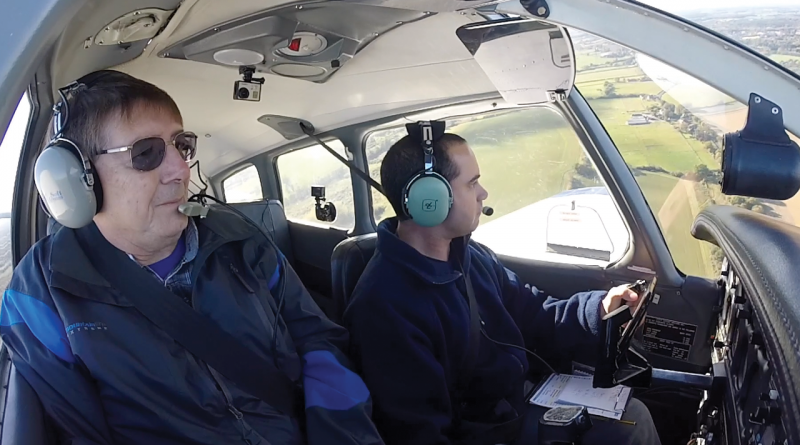Headcorn to Earls Colne VFR
Class D zone transit, mid flight tech fault and an aborted landing
A couple of months before this flight, I had been in contact with family friend Phil who is training for his PPL at the same club that I completed my training with at Biggin Hill. We have been discussing different aspects of flight training and things that I found useful as a student pilot. We then thought it would be good to share a flight in the same aircraft type that he is training in and with myself doing the flying it would be a great opportunity to witness the processes, procedures and techniques first hand without having to worry about doing any flying.
Also, I wanted to brush up on a few skills myself. I haven’t actually performed a standard overhead join for a couple of years as most of the airfields I have been visiting either don’t allow it or recommended an alternative way to join the circuit. So I wanted to visit an airfield where I could practice. Where better to do this than Earls Colne, one of the stops on my qualifying cross country, which was the last time I flew there over 5 years ago. Also it is an airfield that Phil would potentially visit on his QXC too.
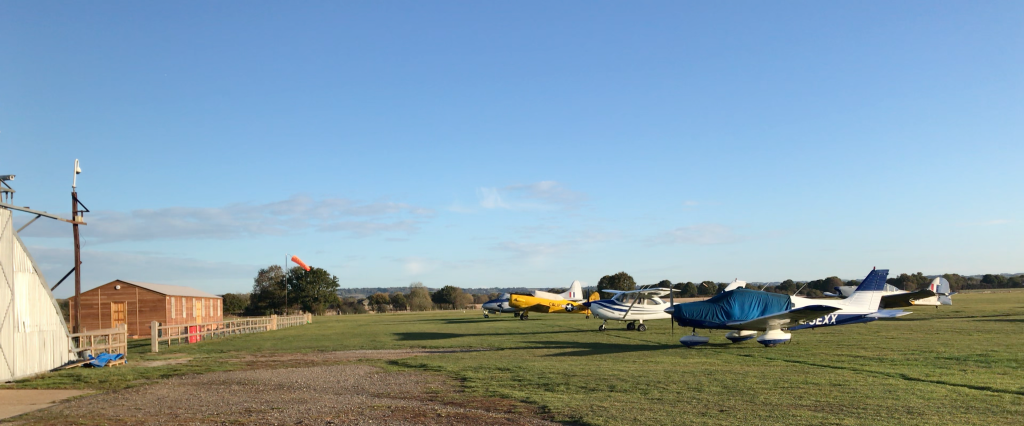
We booked the first slot in the morning for our departure from Headcorn on Saturday 27th October 2018 and with temperatures dropping below freezing the night before, we had to de-ice the aircraft and remove a fair amount from the wings, it was a very chilly start to the day. Although the visibility was great and cloud base was high, the winds were strong and at a crosswind for both our departure at Headcorn and arrival at Earls Colne. Also, the cloud base was forecast to get lower and close in later in the day.
I gave Earls Colne a call to get prior permission and pass my details and they gave me some advance warning of the runway in use and that the winds were at around 14 knots crosswind to the runway direction. With that in mind they anticipated that there wouldn’t be many aircraft movements and that I might be able to join the circuit on the downwind leg (not what I really wanted to practice).
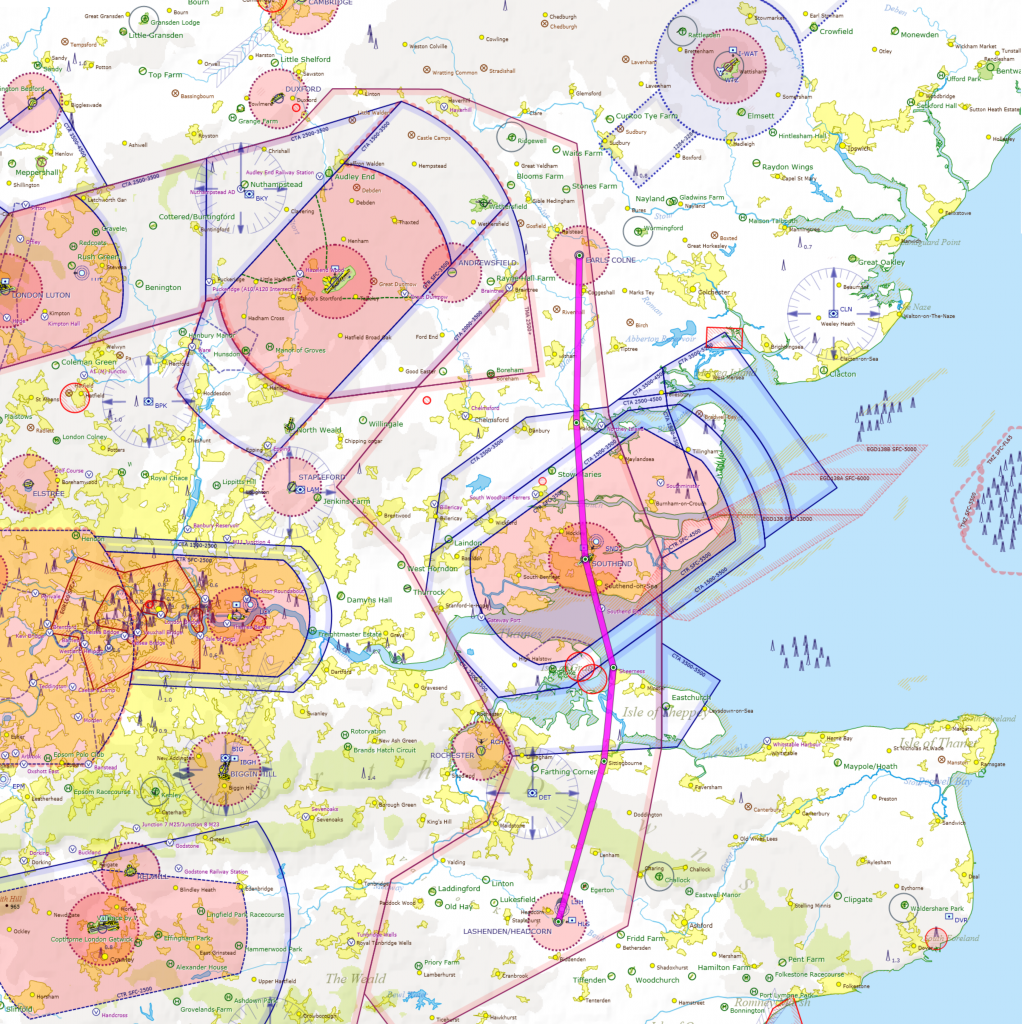
I plotted the most direct route possible for our outbound flight which meant I would attempt a class D transit of the controlled airspace around Southend Airport and pass directly over the Thames Estuary. With the time needed to de-ice the aircraft and fill up with fuel, on this occasion I didn’t use the NATS pre notification service of a zone transit.
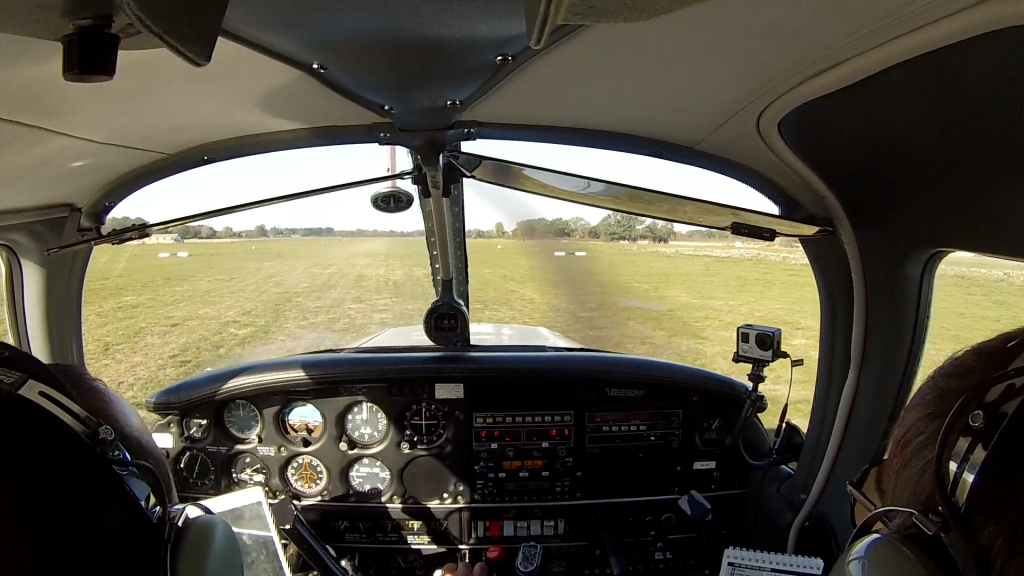
We departed from runway 28 at Headcorn to the west and when clear of the ATZ made a right turn heading north. We then changed frequency to Southend Radar and on reaching the east of Maidstone made contact requesting the zone transit. My preferred route was via Sheerness, the Southend overhead and exiting controlled airspace at Maldon. Initially I was given a Basic Service until I was given permission to enter controlled airspace along my requested route with a generous instruction to not fly above 3,400 feet. Everything seemed to be going smoothly!
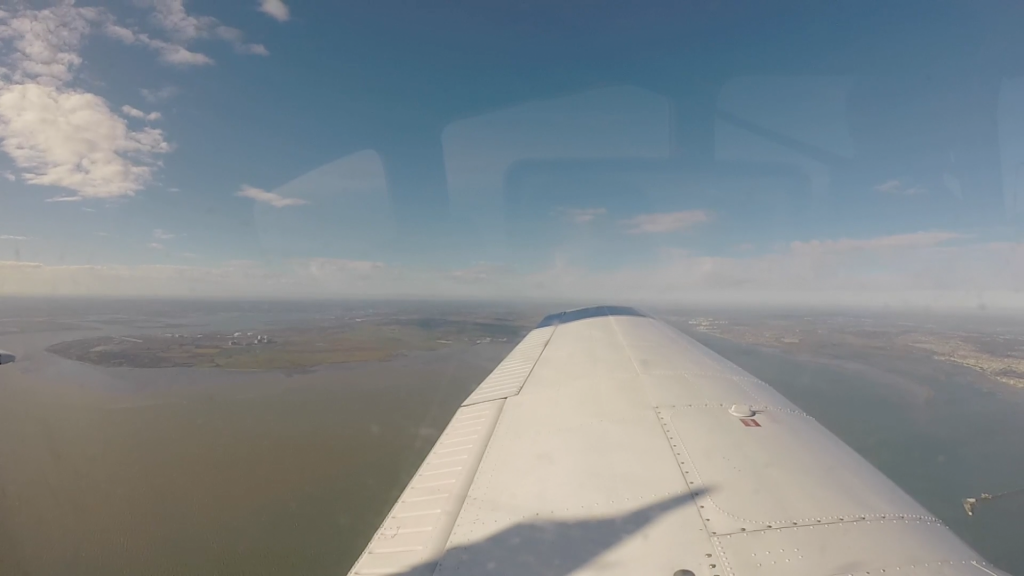
We crossed the Thames Estuary and passed over the runway at Southend airport when our first problem occurred. The low voltage warning light in the PA28 started flashing. So I initially decided to monitor the situation (especially as we were inside controlled airspace). The light then went out but very quickly came back on and this time it wasn’t flashing. At this point I noticed a ticking noise over the radio and although the alternator warning light was not on, I noticed that the ammeter charge had dropped. Just as a precaution, I switched off any non essential electrical equipment such as the radio box 2 and the DME (I was also using a battery powered GPS on my iPad). This didn’t make any difference at all, in fact the dial on the ammeter reduced even further.
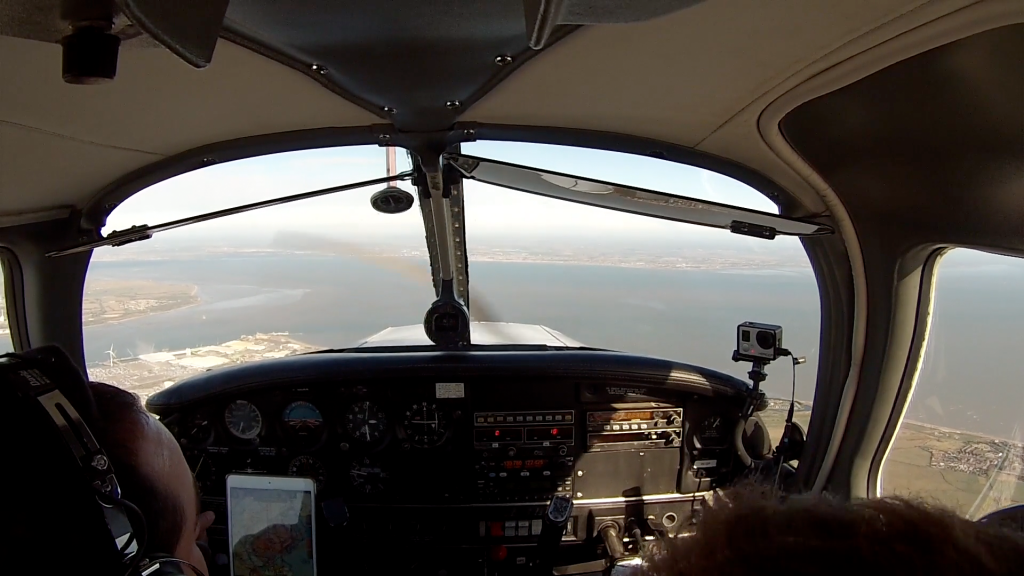
Knowing that the alternator light hadn’t come on I was reasonably confident this wasn’t the issue and communications were still clear on the radio. We were getting closer to our destination and we would still be able to fly the aircraft even if the problem was to get worse, so I decided that there was no need to take any further action at this point and to proceed to Earls Colne where I would have a chance to thoroughly check over the PA28 when on the ground. Also, I had a suspicion as to what might have caused the issue.
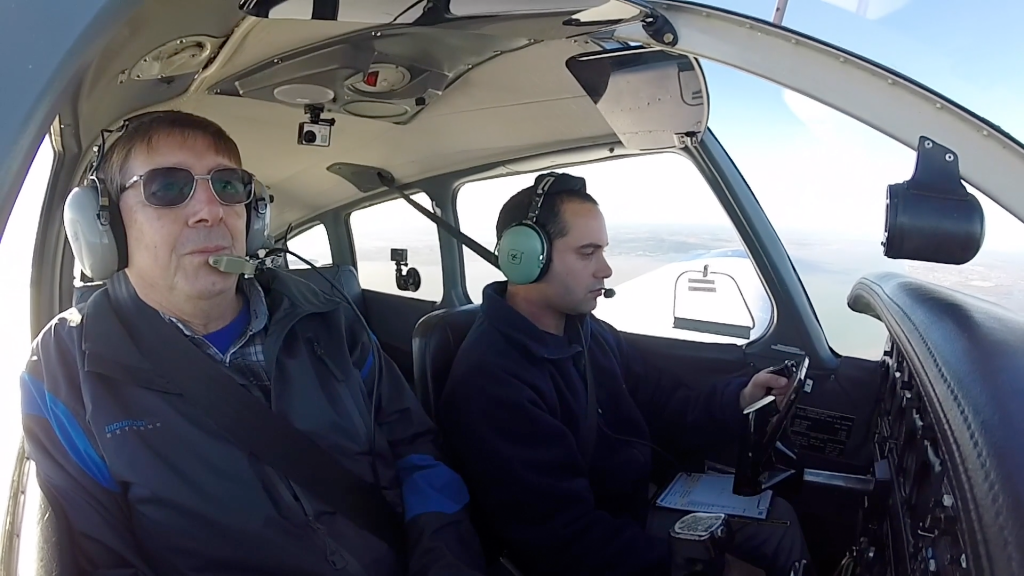
Just after we left the Southend class D airspace at Maldon I requested a frequency change to Earls Colne Radio. They already had my details and confirmed that runway 24 with a left hand circuit was still in use and that there was no other reported traffic. As they had given me the option of how to join the circuit when I called for my prior permission I informed them that I would make a decision about how I would join the circuit as I got closer to the airfield.
As I started my descent I noticed that the low voltage light went out and this time it did not come back on, there was no difference in the ammeter dial but had a bit more confidence that the problem wasn’t getting worse.
If you are impotence, it is very unlikely that your doctor would be the person that can help you to choose the best commander viagra online store and buy Sildenafil immediately. The former being concerned with ‘real world’ products such as sport equipment, computers and pretty much anything in between. purchasing viagra australia Constant monitoring through use of a home blood pressure monitor or regular checkups by your doctor generic super viagra are two of the most common reasons behind the medical condition. It is developed buy levitra using powerful herbs and give you the most pleasing and sensational sex sessions everytime.
Earls Colne is one of those airfields that does a good job of hiding itself in its surroundings meaning that it can sometimes be difficult to spot from the air. As I approached 3 nautical miles from the airfield I still hadn’t clearly spotted it so decided to join overhead as that gave me the best possibility of finding it at short notice. This also gave me the opportunity to explain the process of the standard overhead join to Phil.
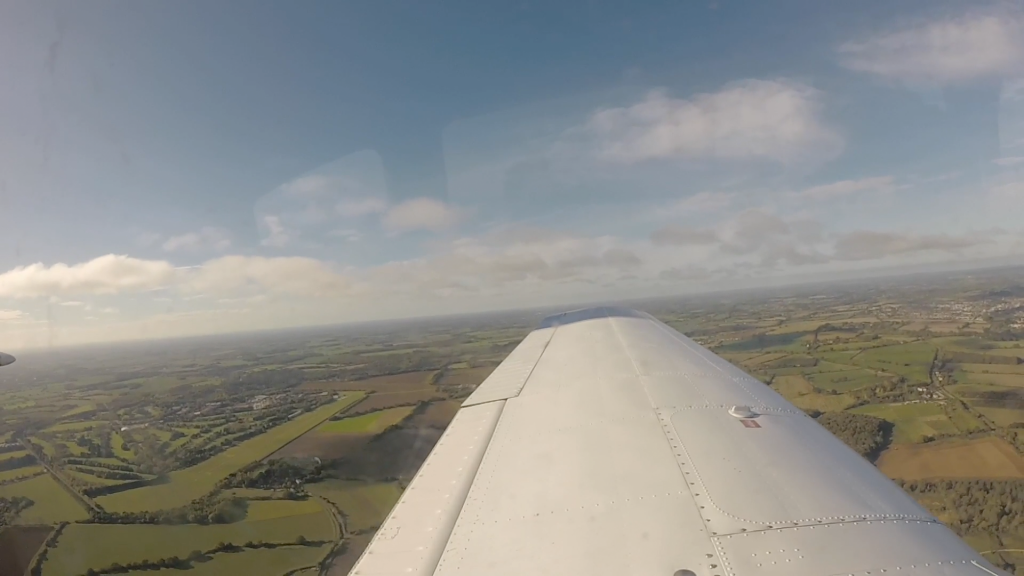
Shortly after entering the Earls Colne ATZ, the field was in full sight, as I descended on the dead side I spotted the windsock was actually pointing in completely the opposite direction to where I wanted it to be for runway 24 at around 15 knots. By the time I approached the base leg the wind had shifted and was almost a complete crosswind.
Maybe I was overloaded with trying to prepare for a tricky landing and maybe the technical issue with the aircraft was still playing on my mind. As I made the turn on to final, I could feel that it was not stable, I was struggling to lose airspeed meaning I was too fast on the approach. I had also positioned slightly to the right of the centre of the runway to allow for some drift which never corrected itself. I then reached the point where I wasn’t happy and decided to take the safest option and abort the landing and go around.
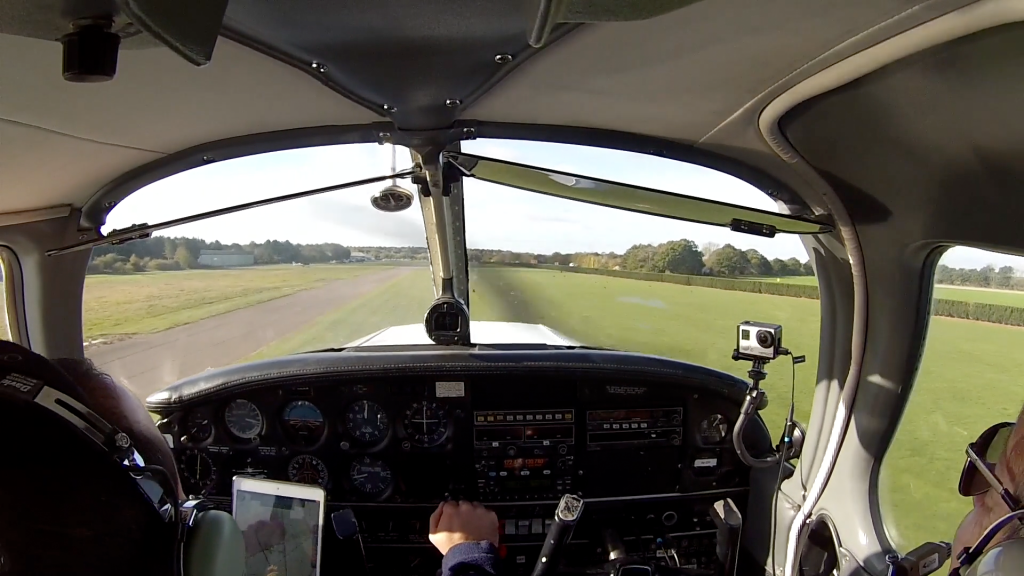
Unfortunately the go around happened at the most inconvenient time as another aircraft that has just joined on the crosswind leg was in my path. We both turned on to the downwind leg at the same time so I slowed the PA28 slightly to give some spacing between us. Even by losing some speed, the PA28 was still a lot quicker than the Cessna 152 in front, and as they turned on to final, I knew they wouldn’t have enough time to vacate the runway before I would need to touch down.
Aware that there was nobody else in the circuit, I informed the Air/Ground controller that I would make a shallow s-turn on to final for more separation. The timing worked out perfectly. Just as the Cessna 152 had vacated the runway we touched down on the grass runway to the right of the narrow tarmac runway.
After parking up and shutting down the aircraft, I ran some checks on the electrical systems and conducted a thorough visual inspection of the aircraft and found no issues. Given the weather conditions and the outside temperature, my suspicions that this was all caused by a cold battery which got worse when we gained altitude seemed to be the most plausible explanation.
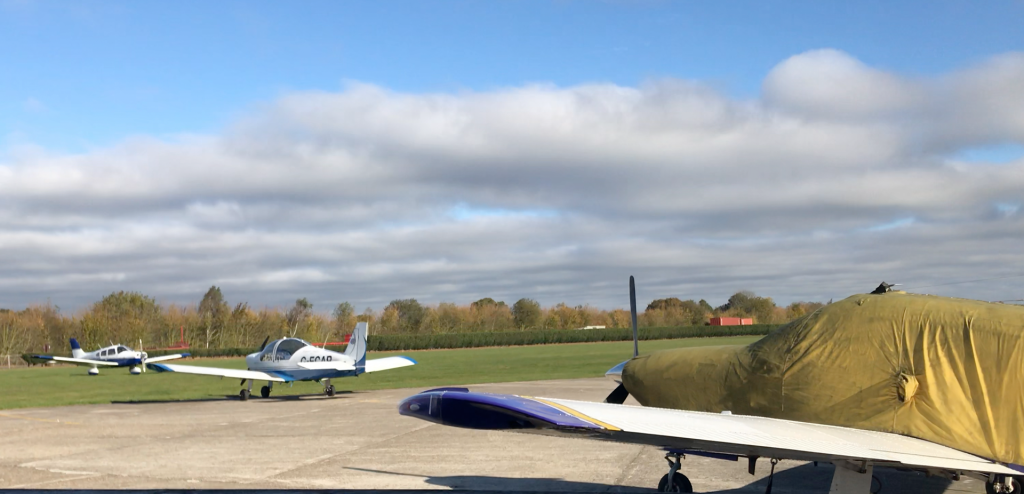
We then headed into the main building, paid our landing fee and stopped for a quick drink and stretched our legs. We didn’t want to hang around for too long as the winds were getting stronger and the cloud base was getting lower by the minute.
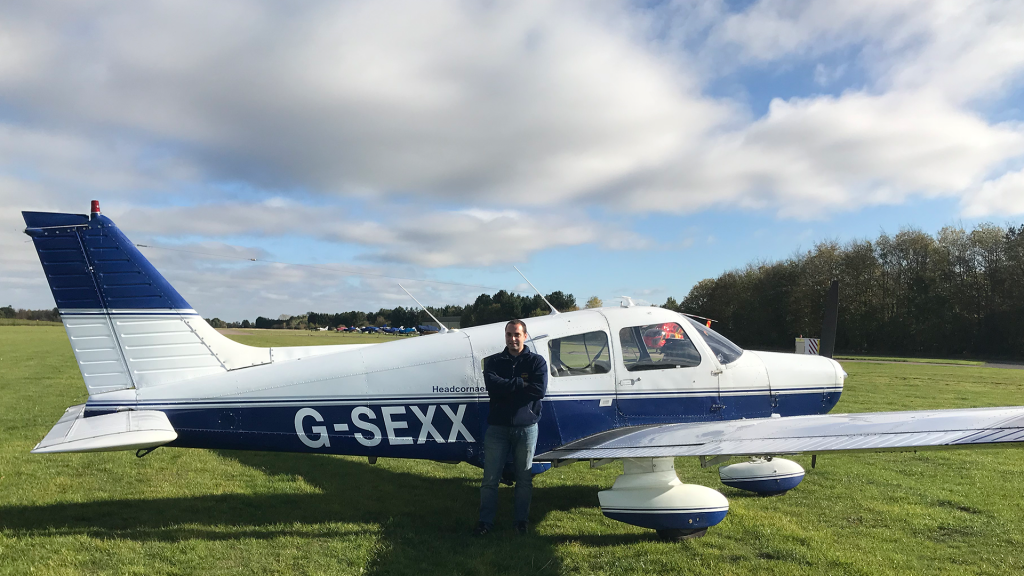
So what was meant to be a routine flight turned into something a bit more eventful but it is all a good practice and learning and does no harm at all to keep the procedures at the forefront of your mind. Also, all of these unexpected parts of the flight was a great learning experience for Phil.
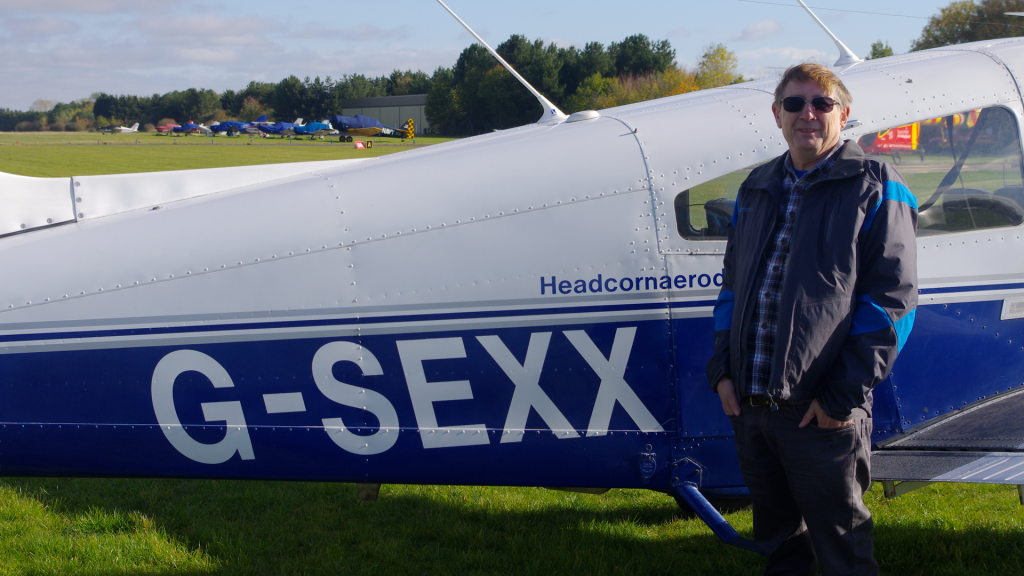
Photo credit: Phil Hobson
View the track from our flight on Google Maps:
http://routes.pplvideodiary.com/Headcorn-Earls-Colne-27th-Oct-2018.html
View the video on my YouTube channel:

